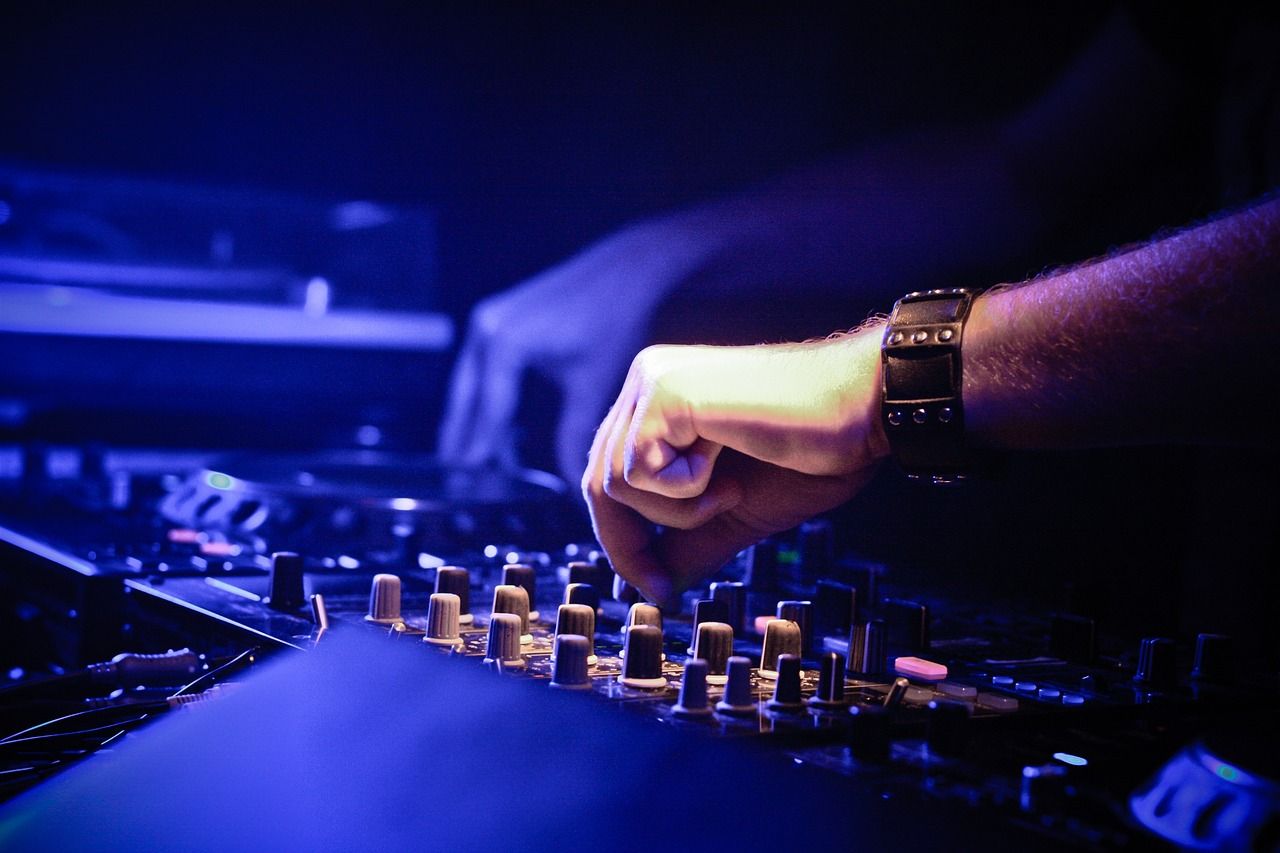
The Key To Achieving Quality Stream Sound
Streaming quality sound can be difficult for those who don’t have a good setup, especially when it comes to music. With so many house and EDM DJs getting their start online, it’s common to live-stream the process of making and playing music to audiences over the internet. If you’re making music and spreading it online, you should make sure that the sounds you create are up to the audience’s standards. Here are some tips to help with that.
Quality Streaming Entertainment
Across all entertainment industries, streaming technology has changed the game. While video streaming goes toe to toe with cable and the movie industry, music streaming has changed how we engage with music. Likewise, social media and the ability to stream have enabled content creators to build audiences by offering entertainment, including music creation.
This is something that big and small entertainment industries have embraced. For example, streaming is used in iGaming to give people an interactive online casino experience. Some websites in iGaming stream roulette online, complete with a live dealer and chatroom. This adds an extra dimension to the typical digital experience that gets offered, which is just one example of how streaming can enhance content.
The same applies to music. Many artists have taken to the internet to market their music and some choose to stream or make videos showcasing their process. It helps fans get closer to the music and educates those who are interested in learning, which can inspire more music in the future. As we said, this is common for DJs since hooking up your mixing board to the computer is simpler than an entire band.
Tips To Improve Sound Quality
We’re going to assume you have the basics covered – your recording space is quiet and your microphone, if you’re using one, is a good model. There are audio interfaces that can connect to your computer or even smartphone, creating a high-quality audio feed that viewers can tune into.
You’ll need a reliable internet connection too, at least 5 Mbps, which is best achieved through an ethernet cable rather than relying on Wi-Fi. You’ll also need to decide on a platform – places like Mixcloud are better for DJing music you haven’t made while the more general platforms like Twitch and Instagram are great for your own created music.
Streams are often kept as recordings, especially if you chop up the music and make it into video/put it on DJ streaming platforms. In that case, you should always record with a mixer to separate tracks for each speaker. This keeps the audio consistent, preventing imbalance issues. You should ideally wear headphones so that the microphone doesn’t pick up speaker audio since the microphone would be its own separate track.

Source: Unsplash
Fix These Common Errors
Most tips concern what you shouldn’t do when streaming or recording audio, otherwise, it can become echoed or delayed.
Echo happens when the mic picks up unintended sounds. This can be solved by using headphones as mentioned above. Using a dynamic mic also helps since it’s not as sensitive to ambient noise. Echoing can also happen if your recording environment doesn’t have enough sound isolation.
Delayed audio will be more of a computer issue. This happens when the audio and video of your stream aren’t synced properly – the audio lags behind. Check your CPU to make sure it’s not overloaded from the stream, turn off any unnecessary programs, or you may need to upgrade it. You should also set a default sound frequency for all of your hardware and software – that typically stays at 44.1 KHz.









